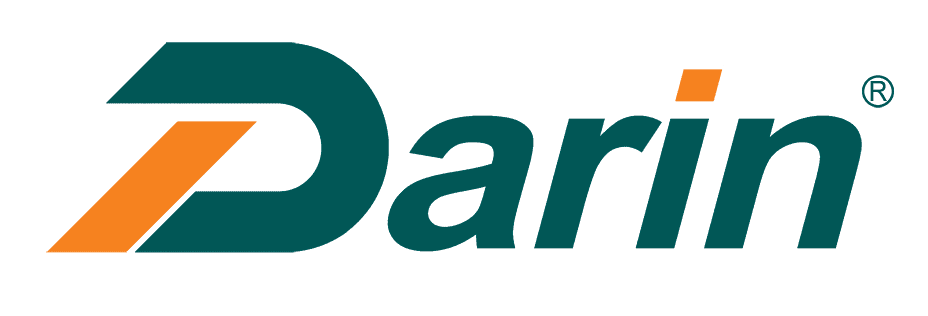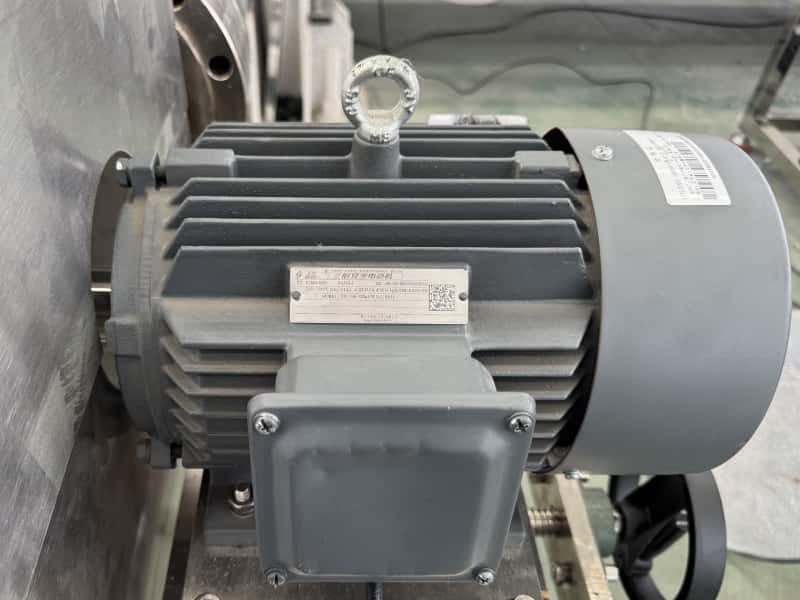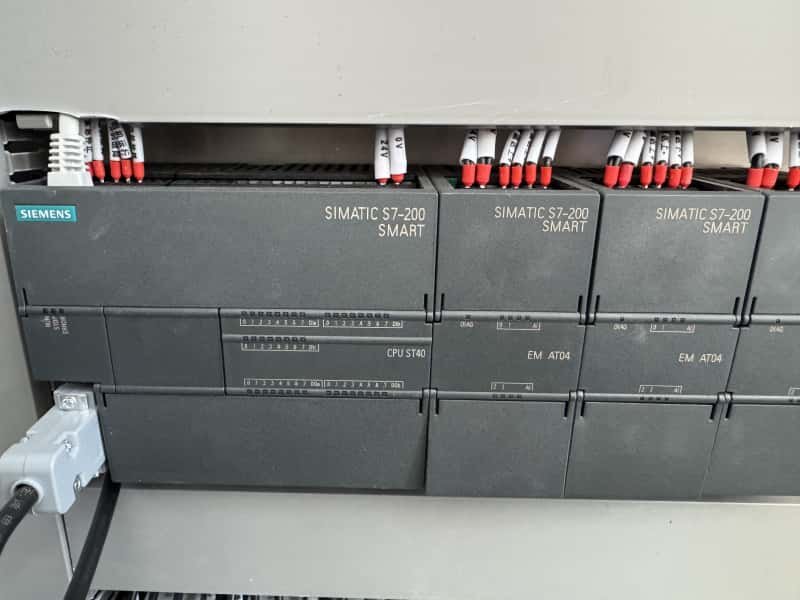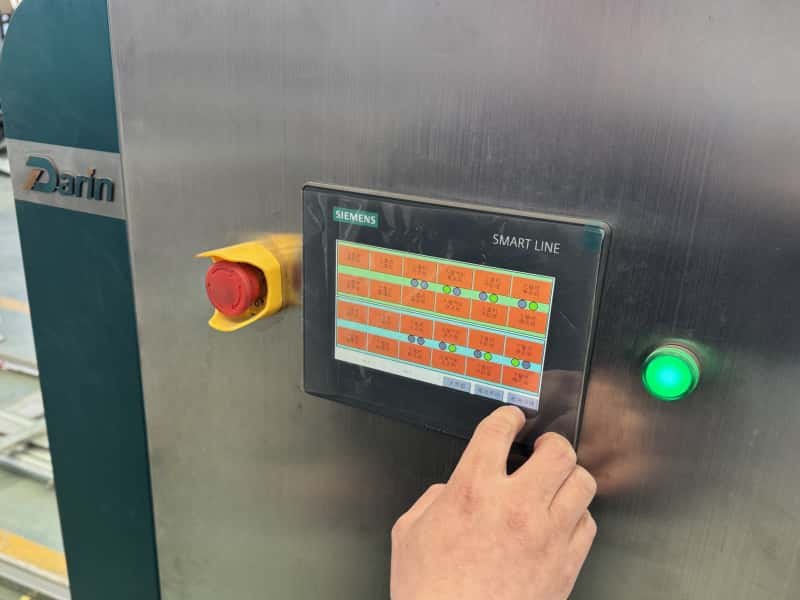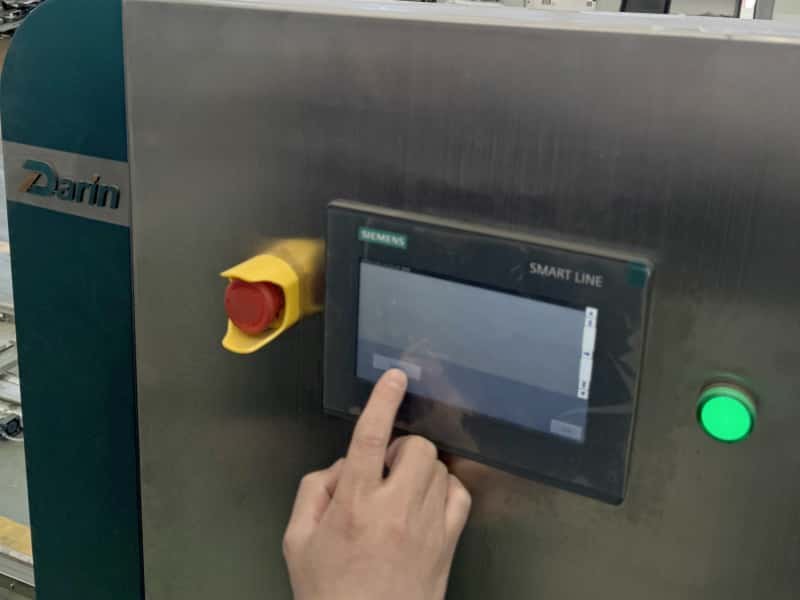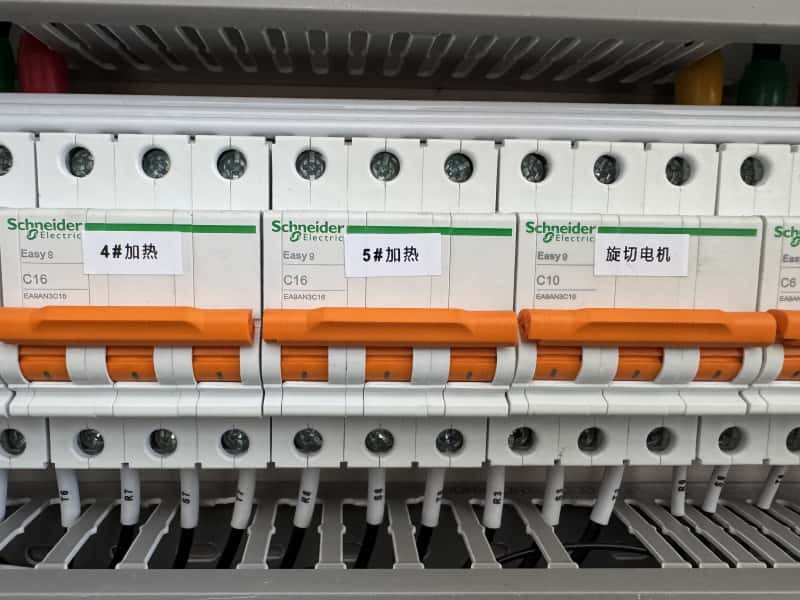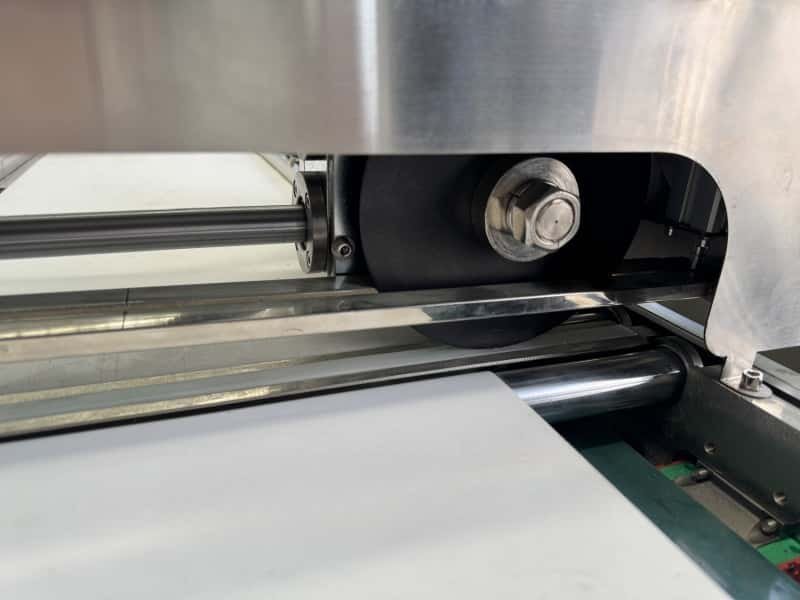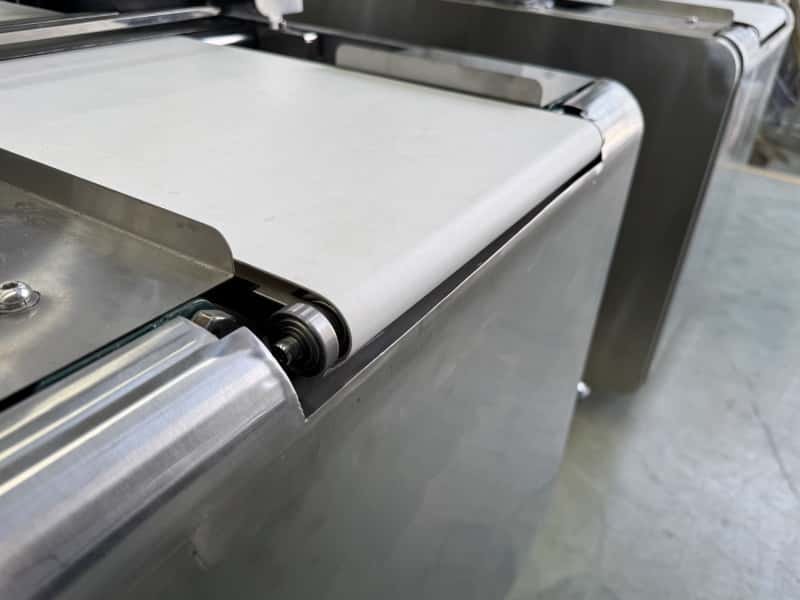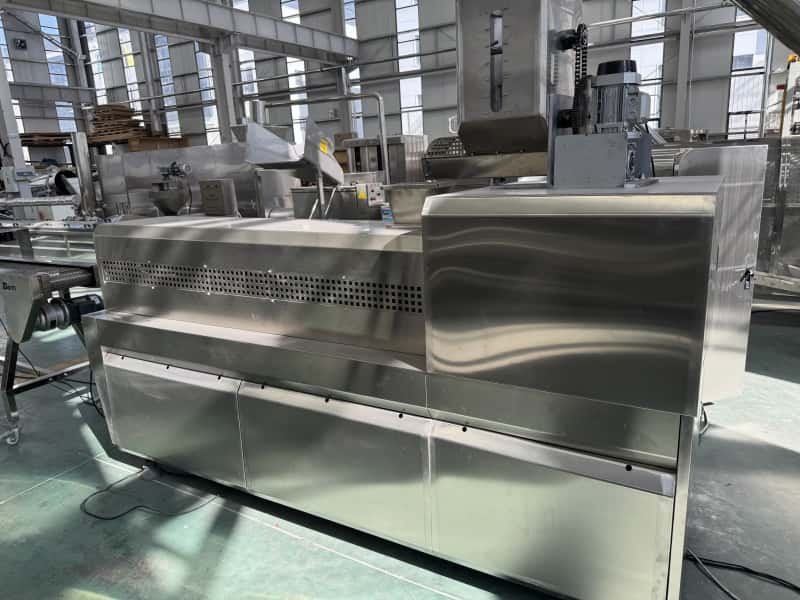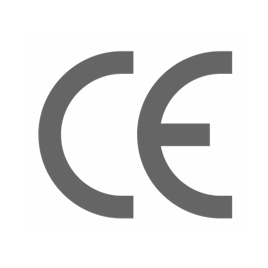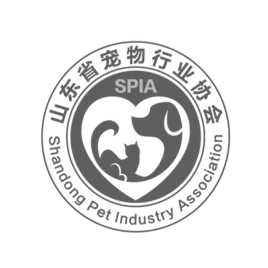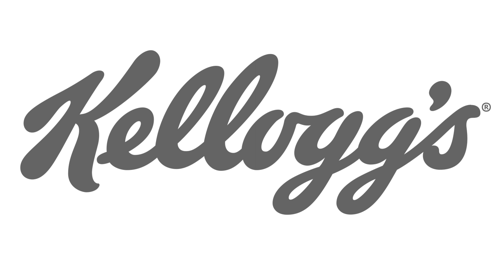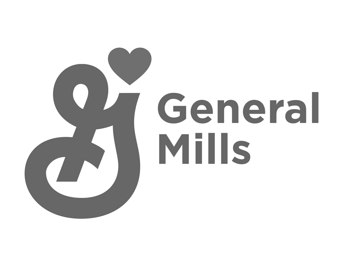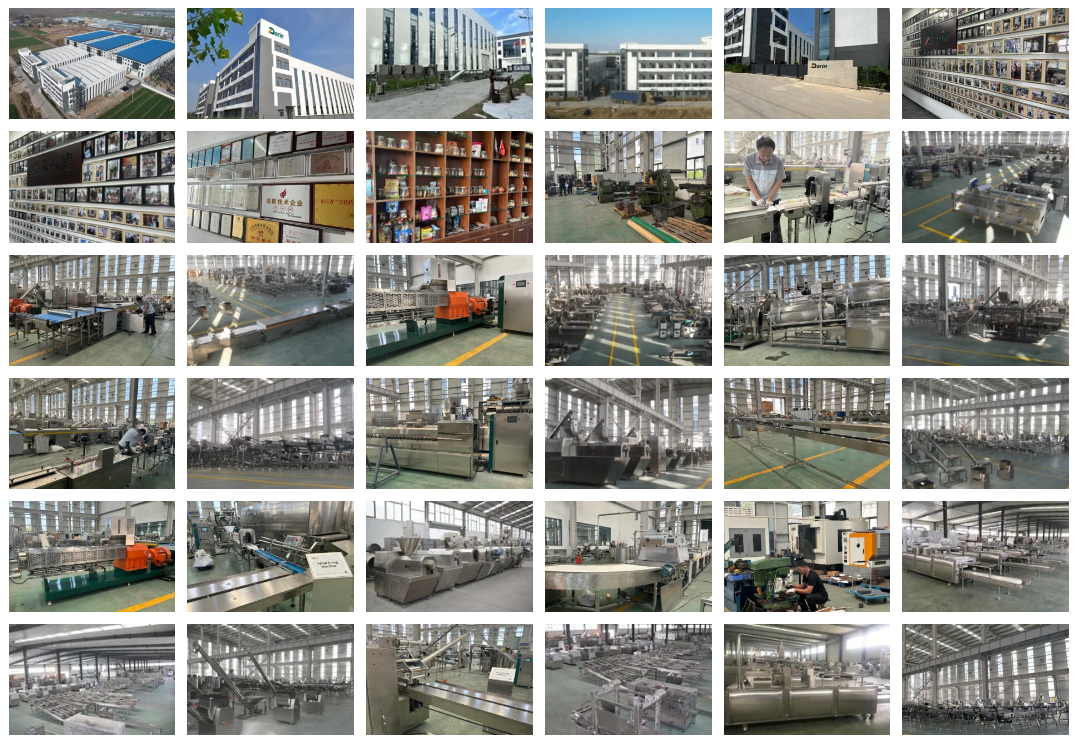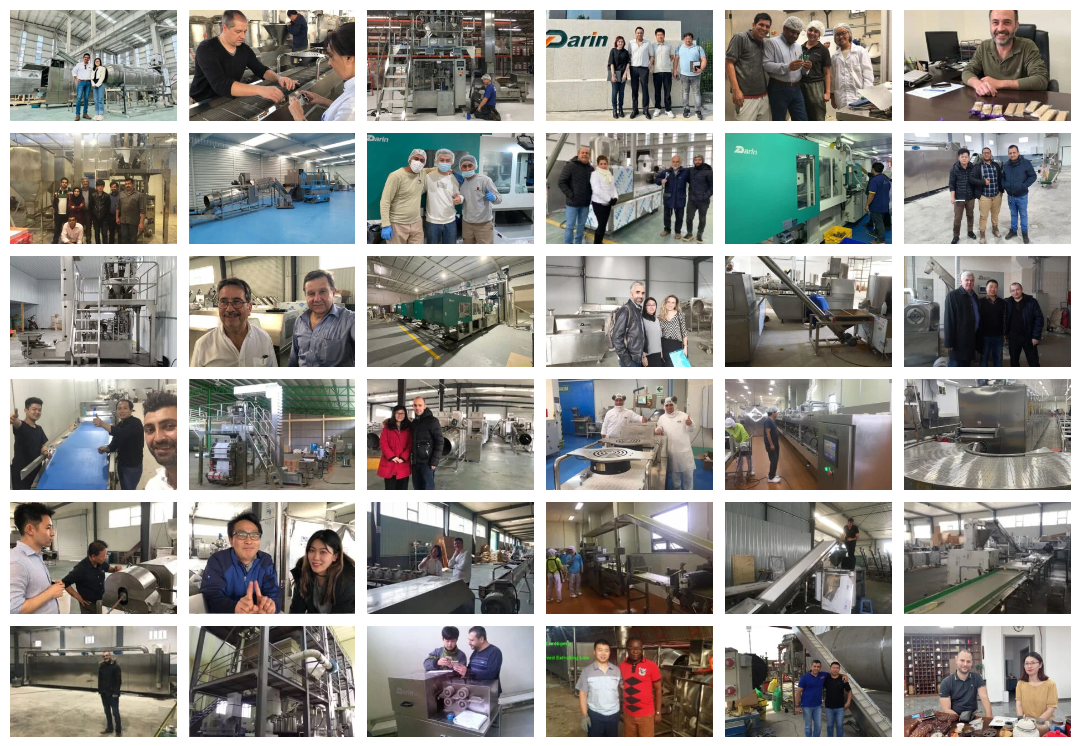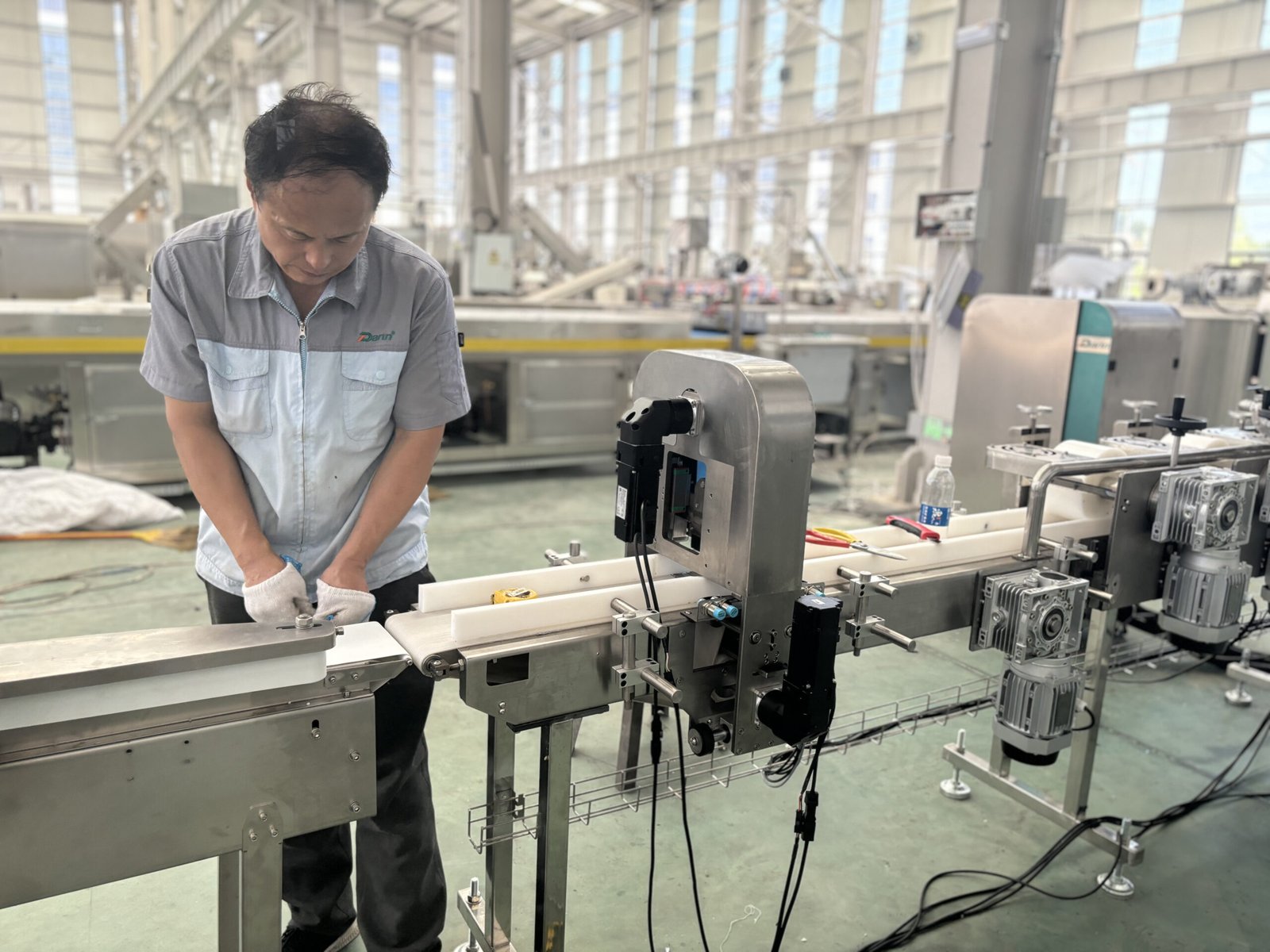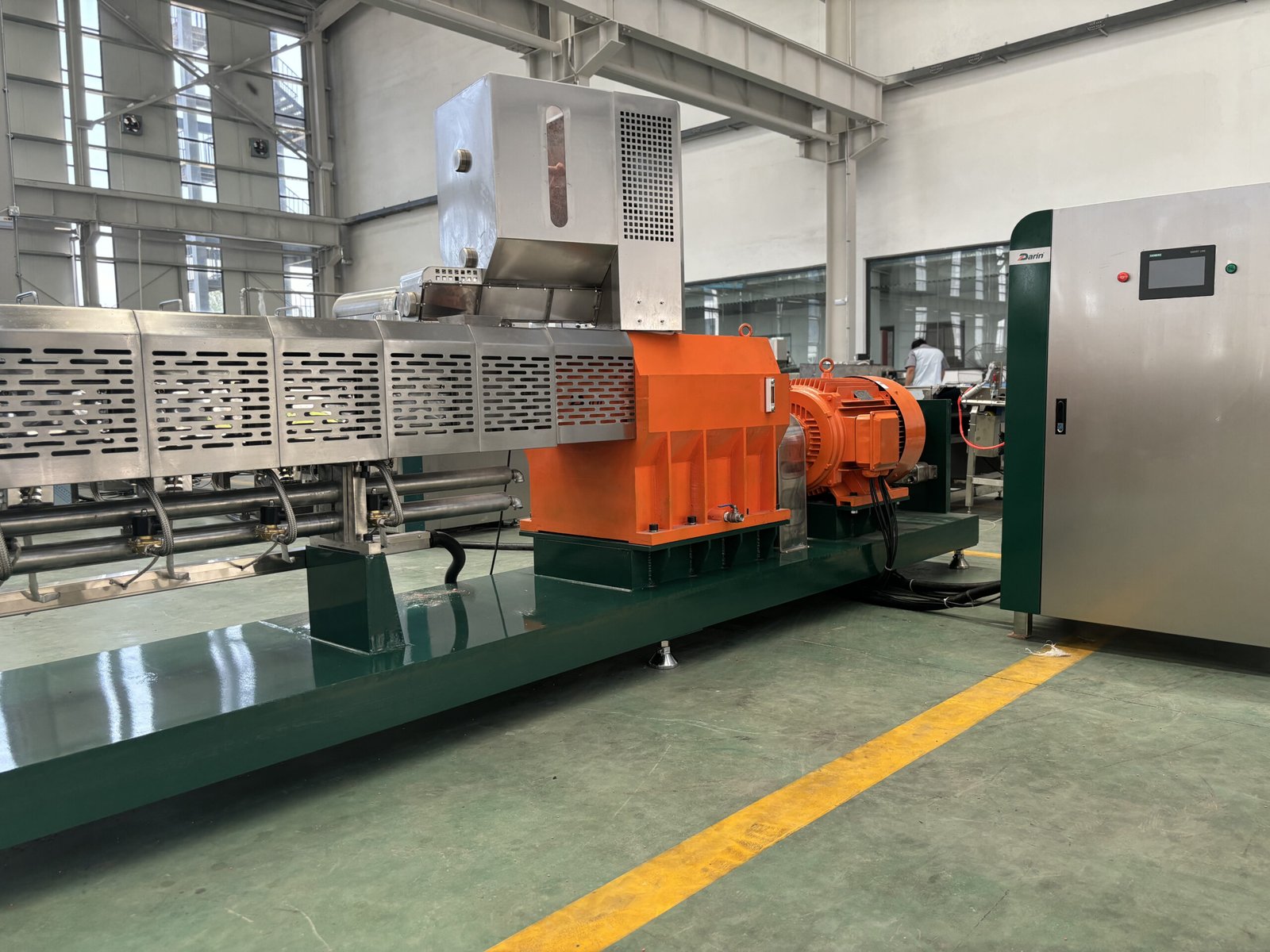Tak Rodent Treats Processing Line is highly versatile and can be configured to produce both dry i semi-moist treats, making it suitable for a wide range of product types.
How the Line Works for Both Dry and Semi-Moist Treats:
1. Dry Treats:
Dry treats are typically baked, pressed, or extruded to achieve a crunchy texture, ideal for rodents to chew. The Rodent Treats Processing Line can handle dry ingredients such as seeds, grains, and dried fruits to create treats that are crisp and long-lasting. The process typically involves:
Mieszanie the dry ingredients.
Pressing or extruding the mixture into shapes.
Pieczenie at controlled temperatures to create the desired crunch and firmness.
The final product has a low moisture content, which extends its shelf life and makes it perfect for dental health-focused treats.
2. Semi-Moist Treats:
Semi-moist treats contain higher moisture levels and are often softer and chewier than dry treats. These treats are appealing for rodents who enjoy softer textures. The processing line can handle moisture-rich ingredients like fruits, molasses, or liquid sweeteners. The production process typically includes:
Adjusting ingredient moisture content using controlled mixing.
Extruding or molding the mixture into the desired shape and size.
Wysuszenie lub chłodzenie the treats to achieve the correct balance of moisture and texture. The line can ensure the moisture level remains high enough for softness while preventing spoilage.
These treats typically have a shorter shelf life than dry treats but are more palatable and attractive to certain rodent species.
Key Features for Both Types of Treats:
Adjustable moisture control: The line can handle varying moisture levels, making it adaptable for different formulations.
Customizable drying or baking systems: Depending on the desired treat texture, the drying or baking settings can be adjusted to produce either crispy (dry) or chewy (semi-moist) treats.
Flexible ingredient mixing: The line can mix dry and wet ingredients, allowing for precise formulation control.
In summary, the Rodent Treats Processing Line is highly flexible and can efficiently process both dry and semi-moist rodent treats, meeting the diverse needs of manufacturers and rodent food markets.
Would you like more details on the specific settings for producing either dry or semi-moist treats?
